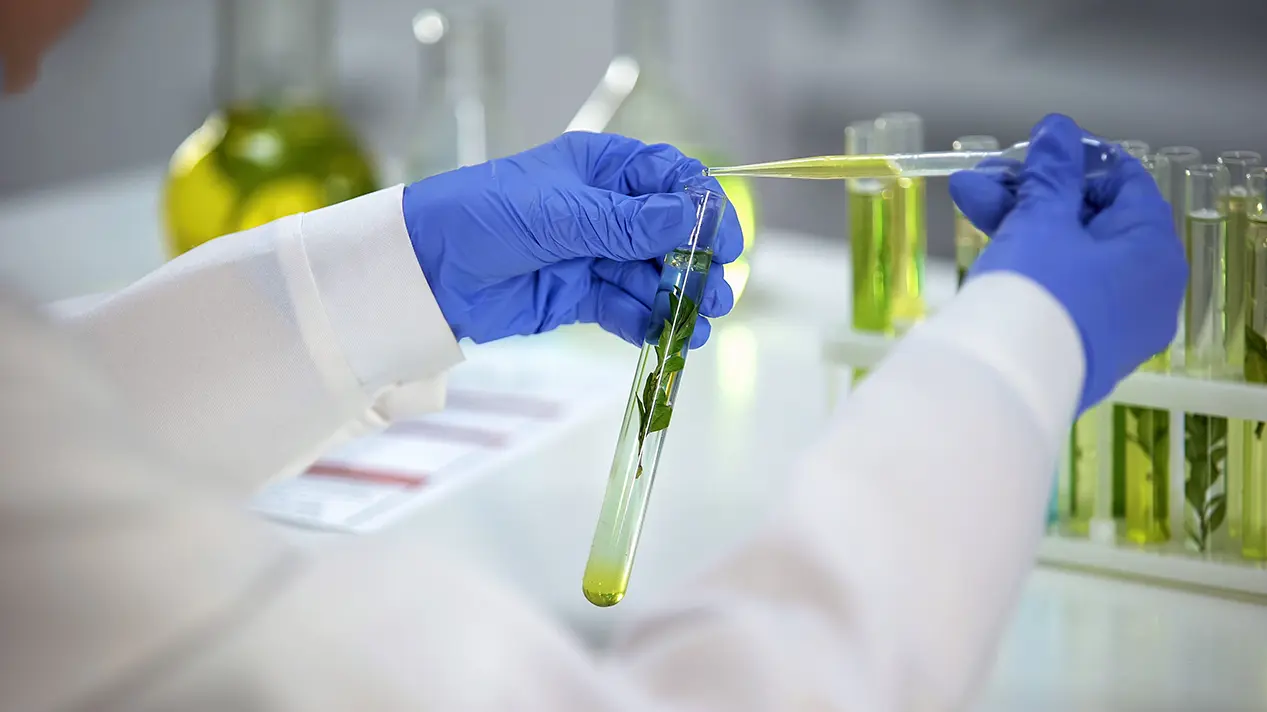
Chemically induced variegation in plants refers to a phenomenon in which changes in the color or patterning of plant leaves, stems, or flowers are caused by the application of chemical agents. This can be done for a variety of reasons, including to produce plants with attractive or unusual coloring for decorative purposes, to create plants with enhanced resistance to pests or diseases, or to study the genetic basis of pigmentation in plants.
Chemically induced variegation can be achieved using a number of different chemicals, including hormones, growth regulators, and pigmentation inhibitors. These chemicals can be applied to plants either directly or indirectly, through the use of media or plant growth conditions that affect the production or distribution of pigments within the plant.
One example of chemically induced variegation is the use of auxin, a plant hormone that regulates cell division and elongation, to create plants with unusual leaf patterns. By applying auxin to certain areas of a plant, it is possible to create patterns of variegation such as stripes or rings.
Chemically induced variegation is a useful tool in plant breeding and horticulture, as it allows for the creation of plants with unique and visually appealing characteristics. However, it is important to use these chemicals carefully, as they can have unintended effects on plant growth and development.
Recommended Blogs

How to Ship Plants
Shipping plants is actually easier than you think and quite common! At Blossm, many of our community members ship plants all over the country! Best practices for shipping plants.

Plant Pop - Meet Brian Feretic & Hear How Blossm Grew into a Flourishing Plant Community
After discovering his love for plants, Brian was eager to spread the joy that he gets from them to others in his community. One day, he found himself exchanging one of the plants he had propagated, a rubber plant, with a neighbor, who let him pick one from her garden.

How to Identify Common Pests on your Houseplants
Identifying common pests on houseplants is essential for maintaining their health. We first start looking for signs of damage such as holes, discoloration, or wilting.

How to Propagate Alocasia Bulbs or Corms
It's plant experiment time again! "Which medium is best to propagate an alocasia corm or bulb?" When I was repotting one of Alocasia plants, I uncovered a bunch of baby bulbs or "corms" that were growing on my Alocasia Cuprea momma plant.

The Best Rooting Hormone for Plant Propagation
About six weeks ago, I started a plant experiment to compare the different types of rooting hormone for propagating my houseplants.

The Benefits of Growing Plants in Leca
We have grown to really love using LECA (Lightweight Expanded Clay Aggregate) for almost all of our plants. LECA has been used in semi hydroponics and has gotten more popular throughout the years for gardening and horticulture.

The Blossm Plant Community is My Form of Therapy 💚
As a first time founder, I didn't really fully understand what I was getting myself into... I knew Blossm would need at least 3-5 years to see it through, and the journey was going to be extremely difficult, but I didn't truly understand the magnitude of the rollercoaster ride of #startuplife.